Rare As One - Accelerating Progress in Rare Disease Research Together!
The RAO Synergies Tool helps organizations find others that have faced similar organizational challenges or where there may be intersections in the research and the science and the paths taken towards treatments and cures. Explore, learn, reach out, share, and collaborate! Together, we can accelerate organizational growth and scientific progress.

Showing organizations, listed alphabetically

A Foundation Building Strength
Nemaline Myopathy (NM) is a group of congenital, hereditary neuromuscular disorders that cause muscle weakness, generally nonprogressive, of varying severity where severe forms show up to 66% mortality rates before the age of two. It is considered one of the most severe muscle conditions of childhood.

ALD Connect
Adrenoleukodystrophy (ALD) is an X-linked disease that is caused by an underlying genetic mutation in the ABCD1 gene, which affects the body’s ability to create the protein that helps break down very long–chain fatty acids (VLCFAs). The VLCFAs build up in the brain, nervous system, and adrenal gland and may eventually destroy the myelin sheath that surrounds the nerves. ALD affects approximately 1 in 17,000 people worldwide.

Alliance to Cure Cavernous Malformation (formerly Angioma Alliance)
Cavernous angioma, cavernoma, and cerebral cavernous malformation (CCM) are synonyms for mulberry-shaped abnormal blood vessels with thin, leaky walls. Cavernous malformations are commonly found in the brain or spinal cord. The most common first symptom is seizure, followed by hemorrhage and neurological deficits like blurred vision and weakness in limbs.

Alström Syndrome International
Alström Syndrome is a rare genetic disease that affects many parts of the body. Alström Syndrome is named for a Swedish doctor, Carl-Henry Alstrom, who first described it in 1959. Alström Syndrome is caused by a change in a gene, called ALMS1.
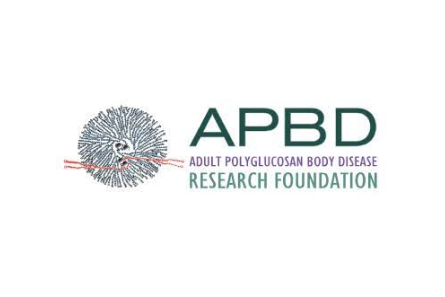
APBD Research Foundation
Adult Polyglucosan Body Disease (APBD) is a genetic disorder that results in the low activity of an important enzyme, Glycogen Branching Enzyme (GBE1), which is used to make glycogen. When there is low activity of this enzyme, newly formed glycogen is manufactured incorrectly into long strands called polyglucosan bodies. These polyglucosan bodies cannot be used for fuel and build up inside nerve cells. This causes damage to these nerves. The damage often results in numbness, and eventually weakness in the muscles controlled by these nerves.
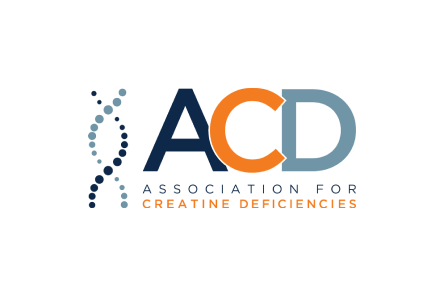
Association for Creatine Deficiencies
Three Cerebral Creatine Deficiency Syndromes (CCDS)—Creatine Transporter Deficiency (CTD), Guanidinoacetate Methyltransferase (GAMT) Deficiency, L-Arginine:Glycine Amidinotransferase (AGAT) Deficiency—are inborn errors of metabolism, which interrupt the formation or transportation of creatine. Speech delay is one of the most pronounced symptoms of all three CCDS.
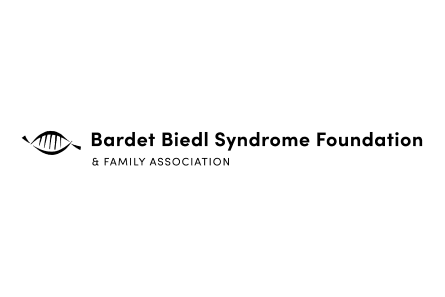
Bardet Biedl Syndrome Foundation
Bardet Biedl Syndrome is a rare genetic disorder with highly variable symptoms which may include retinal degeneration, obesity, reduced kidney function, polydactyly (extra digits of the hands or feet) among many other features. While there are more than 20 genes associated with BBS, the underlying cause regardless of gene is malfunction of primary cilia, a key component of cellular communication. BBS is thus categorized as a ciliopathy, or a disease of the cilia.
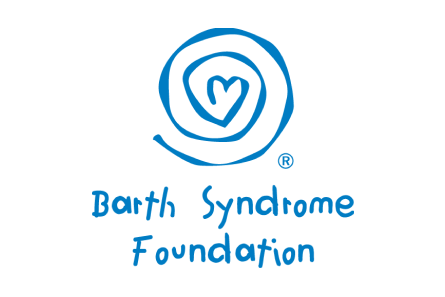
Barth Syndrome Foundation
Barth syndrome (BTHS; OMIM #302060) is a serious X-linked genetic disorder, primarily affecting males. It is caused by a mutation in the tafazzin gene (TAZ, also called G4.5), resulting in an inborn error of lipid metabolism.
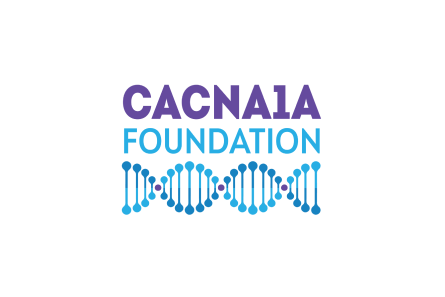
CACNA1A Foundation
CACNA1A is a very large gene on the 19th chromosome. Variations in this gene can cause neurodegenerative disease and a variety of neurological symptoms.
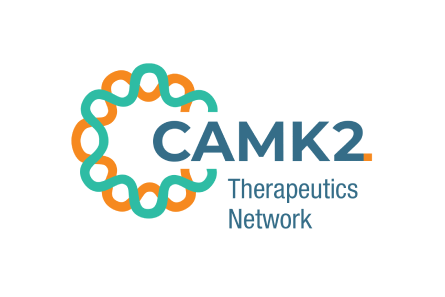
CAMK2 Therapeutics Network
CAMK2 — an abbreviation for calcium/calmodulin dependent protein kinase 2 — is a family of four similar proteins that are abundant in the brain and important for normal electrical signaling. Neurodevelopmental disorders associated with mutations in these proteins were first described in 2017 by Kury and van Woerden et al. Their scientific breakthrough gave a name to the developmental delay, seizures and behavioral abnormalities we had been seeing in our children.

CDG CARE
CDG stands for Congenital Disorders of Glycosylation. CDGs are a large group of rare inherited diseases affecting glycosylation.
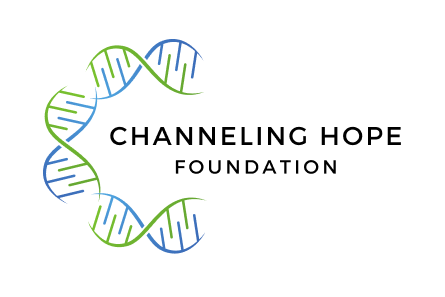
Channeling Hope Foundation
Genetic mutations of the NALCN Channel (also known as the Sodium Leak Channel) and associated proteins (UNC79, UNC80, FAM155) are very rare genetic disorders. The NALCN Channel plays a crucial role in regulating the electrical activity of neurons and other cells.
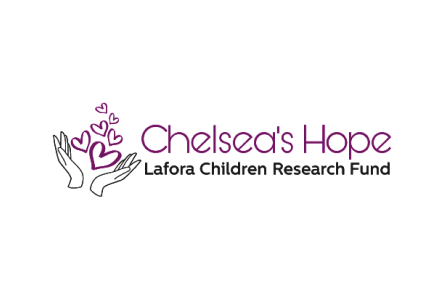
Chelsea's Hope Lafora Children Research Fund
Lafora disease is the most severe form of human epilepsy. It is an inherited myoclonus epilepsy syndrome. Although a child is born with Lafora, they may grow up normally with no perceivable problems until they begin to suffer with seizures during adolescence.
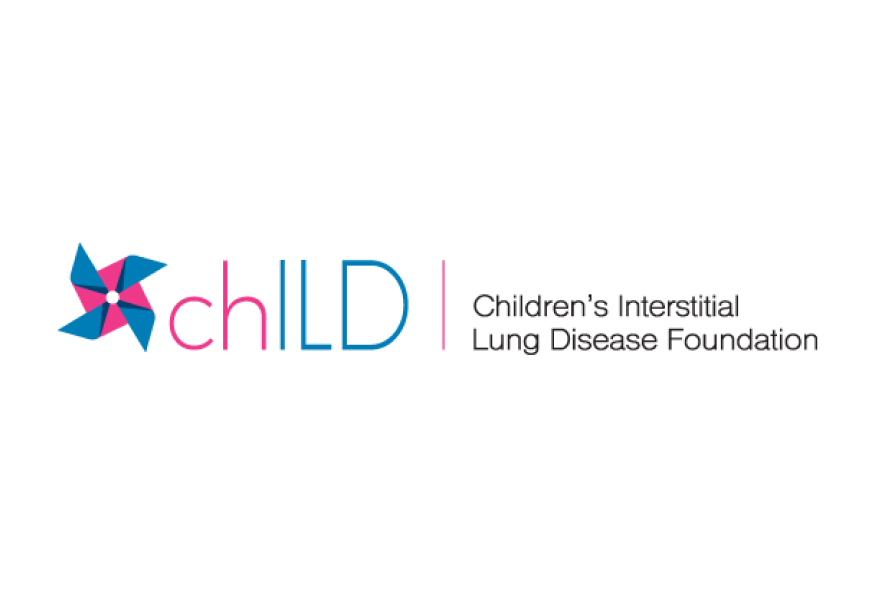
Children's Interstitial Lung Disease Foundation
Children’s Interstitial and Diffuse Lung Disease (chILD) is not a single disease. Instead, it is a group of rare lung diseases found in infants, children, and adolescents. There are different types of chILD that vary in their severity and in their long-term outcomes. In simplest terms, all types of chILD decrease a child’s ability to supply oxygen to their body.
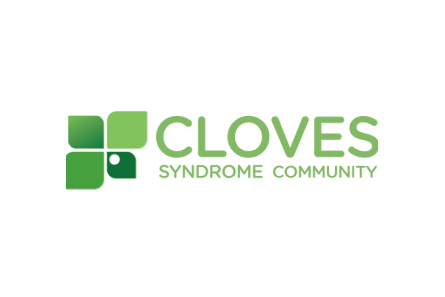
CLOVES Syndrome Community
CLOVES Syndrome stands for Congenital, Lipomatous, Overgrowth, Vascular Malformations, Epidermal Nevi and Spinal/Skeletal Anomalies and/or Scoliosis. CLOVES is caused by a somatic genetic mutation in a gene called PIK3CA that increases the activity of the gene. CLOVES belongs to a category of diseases known as PIK3CA-related overgrowth spectrum or PROS.
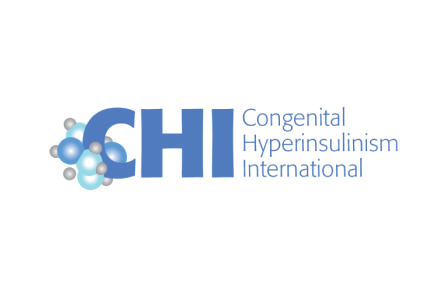
Congenital Hyperinsulinism International (CHI)
Congenital hyperinsulinism (HI) is the most frequent cause of severe, persistent hypoglycemia in newborn babies and children. HI is a life-threatening disorder that causes dangerously low blood sugar levels. Prolonged or severe low blood sugar can cause seizures, brain damage, and even death.
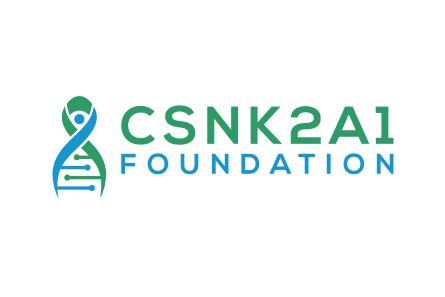
CSNK2A1 Foundation
Okur-Chung Neurodevelopmental Syndrome (OCNDS) (OMIM # 617062) is a rare genetic disorder first identified in 2016. Everyone with OCNDS has some degree of developmental delay and/or differences in brain function.
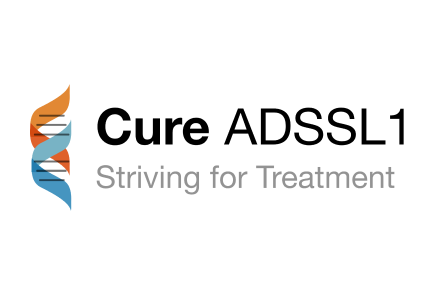
Cure ADSSL1
ADSS(L)1 Myopathy is a rare genetic disorder that causes muscular weakness right from birth and onset of rapid progression as affected individuals enter their teen years. The impact of this disease is devastating, causing failure in muscle function over time, leading to loss in mobility in the arms and legs. It also has grave impact on lungs and heart function.
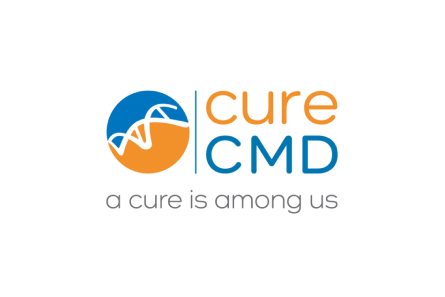
Cure CMD
The congenital muscular dystrophies represent a group of diseases causing muscle weakness at birth. Several defined genetic mutations cause muscles to break down faster than they can repair or grow. A person with CMD may have various neurological or physical impairments. Some never gain the ability to walk, while others lose the ability as they grow older.
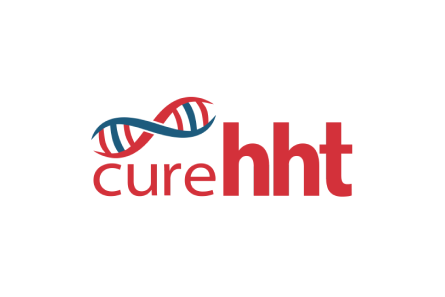
Cure HHT
Hereditary Hemorrhagic Telangiectasia (HHT) is a genetic disorder that causes malformed blood vessels and can affect multiple organs of the body. HHT can cause bleeding in several different organs of the body. The most commonly experienced symptom is nosebleeds. Severity of bleeding can range from a simple nuisance to bleeds that require blood transfusion. Other commonly affected organs are the brain, lungs, and GI tract.
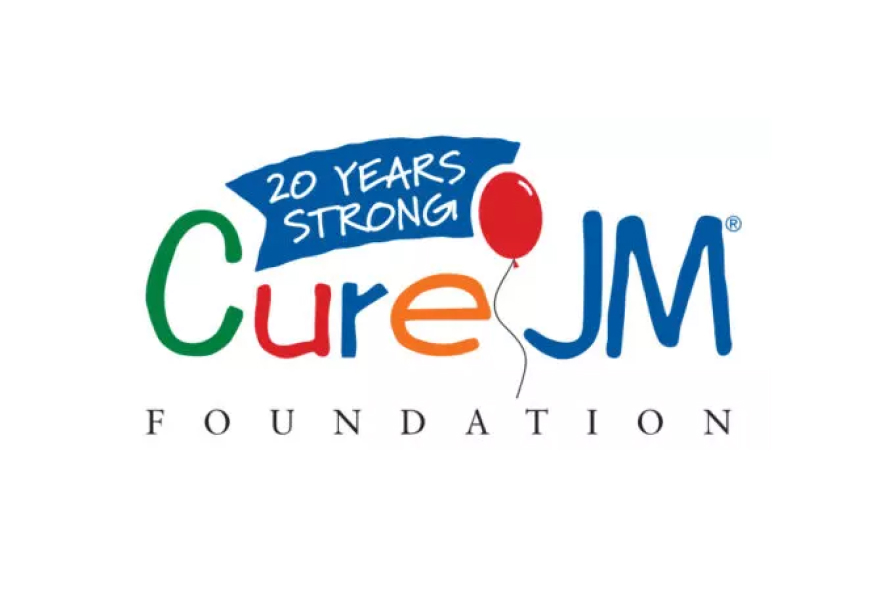
Cure JM Foundation
Juvenile myositis involves a run-away immune response where the body’s immune system attacks its own cells and tissues. With proper treatment and care, children can go on to live their best lives.
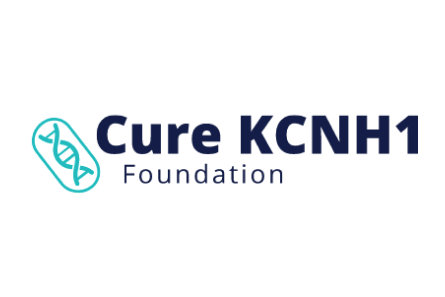
Cure KCNH1 Foundation
KCNH1-related epileptic encephalopathy is an ultra-rare neurological disorder caused by a mutation in the KCNH1 gene; exact prevalence is unknown, and there are probably many cases that are undiagnosed due to lack of access to genetic testing, but currently there are under 100 known cases in the world. Some cases lead to severe, early-onset, intractable (unresponsive to medications) seizures and encephalopathy (widespread disease of the brain that results in altered structure and function).
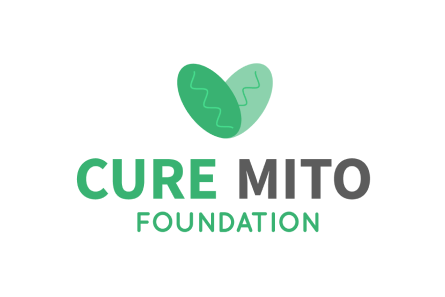
Cure Mito Foundation
Leigh syndrome is a most common pediatric mitochondrial disease. It is a neurodegenerative disease causing the loss of abilities to walk, talk, swallow. Leigh syndrome can be caused by 110+ nuclear and mitochondrial DNA mutations. Approximately 1 in 40,000 are affected.
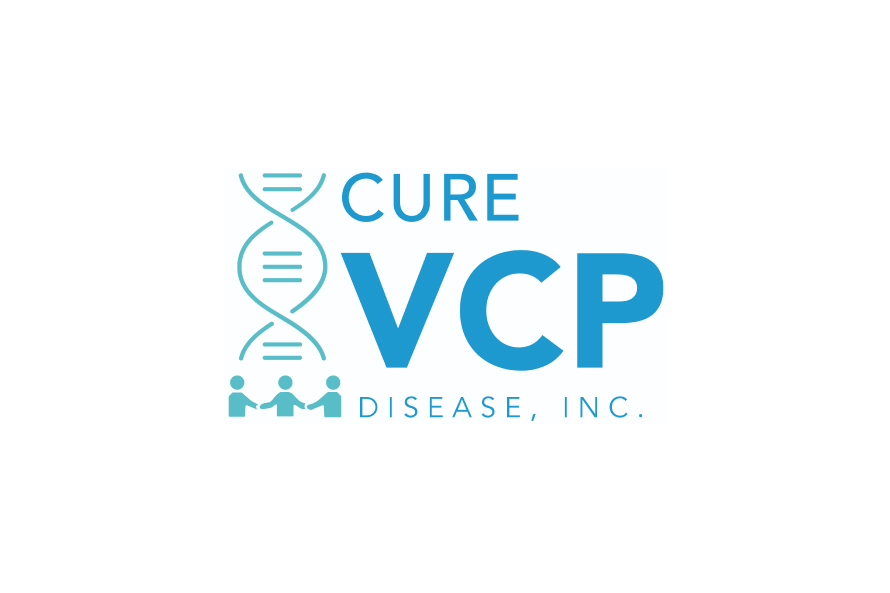
Cure VCP Disease, Inc.
VCP is a protein disorder that affects multiple body systems. It is also called multisystem proteinopathy (MSP1). This disease is a rare, adult-onset, neuromuscular disease caused by any one of several possible variants in a gene called Valosin Containing Protein (VCP or p97). Symptoms typically include one or more of the following: myopathy, early–onset Paget’s disease of bone, and premature frontotemporal dementia. Other possible co-morbidities are ALS, CMT, and Parkinson's disease.
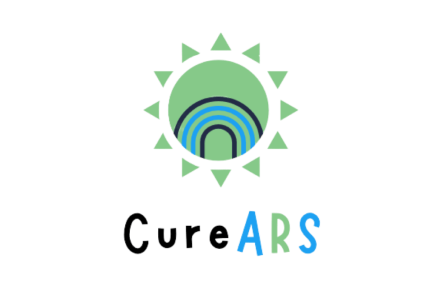
CureARS
Mitochondrial (mt) Aminoacyl tRNA Synthetase (ARS) genes are essential for the cells in the body to make energy within the mitochondria. Inherited mutations in these genes cause ultra-rare types of Mitochondrial Disease (Mito). Just as there are different types of cancers, there are many different types of Mitochondrial Disease. There are over 300 genes that cause different types of Mito, and there are 20 Mito ARS genes.
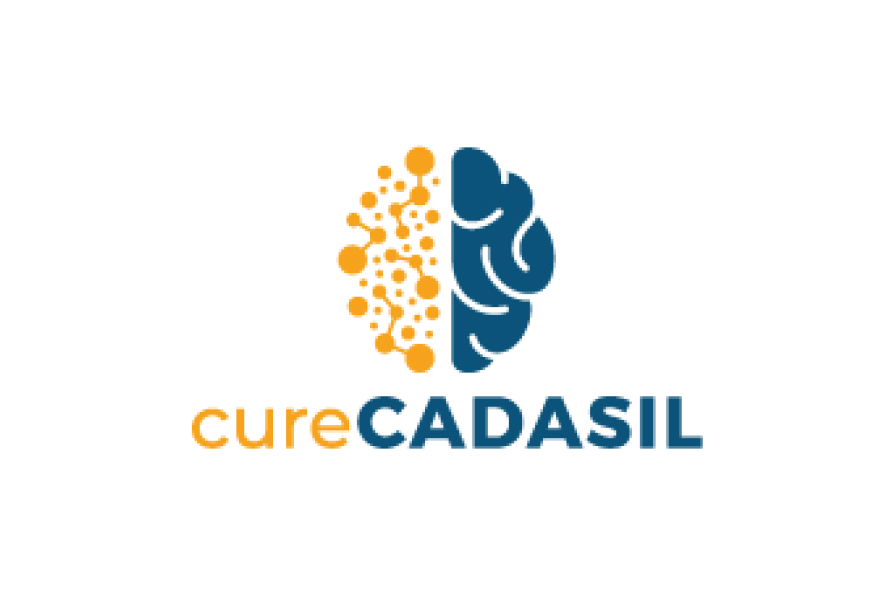
cureCADASIL Association
CADASIL (Cerebral Autosomal Dominant Arteriopathy with Sub-Cortical Infarcts and Leukoencephaolopathy) is a rare, inherited form of cerebrovascular disease that occurs when the thickening of small blood vessel walls in the brain's white matter blocks the flow of blood to the brain. It is the most common hereditary condition leading to small-vessel vascular cognitive impairment and dementia.

CureGRIN Foundation
GRI Disorders are rare single-gene disorders related to the GRIA, GRIK, GRID and GRIN genes. Many GRI patients are non-verbal, unable to walk, and many cannot feed or toilet themselves. They often experience severe and frequent seizures that are not responsive to medical therapies.
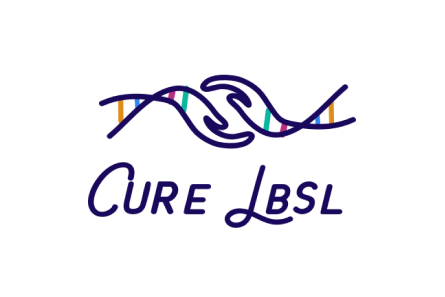
CureLBSL (formerly A Cure for Ellie)
Leukoencephalopathy with Brainstem and Spinal Cord Involvement and Lactate Elevation (LBSL) is a very rare and degenerative genetic brain and spinal cord disorder. It slowly robs people of their ability to walk, then stand, then coordinate all motor movements.

DADA2 Foundation
DADA2—deficiency of the enzyme ADA2 (Adenosine Deaminase 2)—is a recently discovered and extremely rare genetic disease that usually starts in childhood. It can cause recurrent strokes, severe systemic inflammation, immune deficiency, and damage to many of the body's tissues and organs.

DDX3X Foundation
DDX3X Syndrome is a rare disease caused by a spontaneous mutation within a DDX3X gene at conception or can be inherited. The syndrome primarily affects girls due to its location on the X-chromosome, though there are some boys it has affected as well. DDX3X Syndrome is linked to intellectual disabilities, seizures, autism, low muscle tone, abnormalities of the brain, and slower physical developments.

Dravet Syndrome UK
Dravet Syndrome is a rare, life-long and life limiting neurological condition. It includes seizures, intellectual disability and a range of associated health conditions known as ‘comorbidities’.
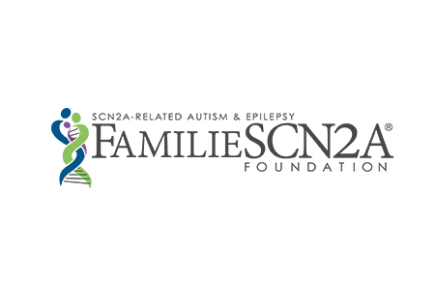
FamilieSCN2A Foundation
The SCN2A gene is located on the long (q) arm of chromosome 2 at position 24.3. SCN2A encodes instructions to make a protein in the brain called a sodium channel which plays a key role in a cell’s ability to generate and transmit electrical signals. Pathogenic variants that affect the SCN2A sodium channel impair the flow of sodium ions in the brain. A deletion or mutation of this gene can cause autism, epilepsy, and other neurological issues, such as movement disorders, dystonia, and dysautonomia.

flok Health
Inherited disorders of protein metabolism, such as Classical Homocystinuria (HCU), Maple Syrup Urin e Disease (MSUD), Phenylketonuria (PKU), Tyrosinemia, Organic Acidemias, and Urea Cycle Disorders (UCDs).

Foundation for Sarcoidosis Research (FSR)
Sarcoidosis is an inflammatory disease characterized by the formation of granulomas—tiny clumps of inflammatory cells—in one or more organs of the body. When the immune system goes into overdrive and too many of these clumps form, they can interfere with an organ’s structure and function. When left unchecked, chronic inflammation can lead to fibrosis, which is the permanent scarring of organ tissue.
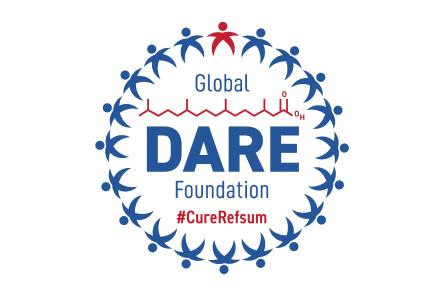
Global DARE Foundation
Adult Refsum disease is a metabolic disorder caused by a number of faulty genes (principally PHYH) which affect the pathway that degrades a plant-derived chemical called phytol which some bacteria found in ruminant animals and fish turn into Phytanic Acid. In humans if phytanic acid is not degraded it accumulates in nerves, liver and fat. Phytanic acid is not produced in the body but found in some foods as a result of the bacterial fermentation of green plants or algae. The highest concentration of phytanic acid is found in dairy products, beef, lamb and some fish products. Refsum disease can be life threatening if undiagnosed.
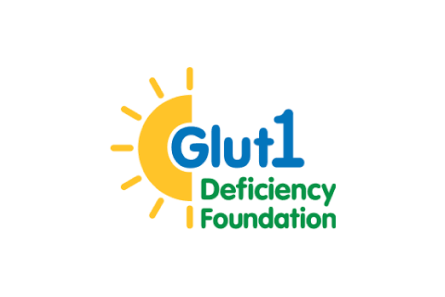
Glut1 Deficiency Foundation
Glut1 Deficiency is a rare genetic condition that impairs brain metabolism. It is caused by mutations or variants in the SLC2A1 gene, which encodes the glucose transporter protein type 1 (Glut1). Glut1 is the principal transporter of glucose and also moves other important sugars across the blood-brain barrier. Impaired glucose transport associated with Glut1 Deficiency creates a metabolic crisis in the brain and often results in a range of neurological symptoms such as seizures, speech and movement disorders, and developmental delays.

Gorlin Syndrome Alliance
Gorlin syndrome, also known as nevoid basal cell carcinoma syndrome, basal cell carcinoma nevus syndrome, Gorlin-Goltz syndrome, or basal cell nevus syndrome, is a rare genetic disorder. Gorlin syndrome can affect every organ system of the human body. People with Gorlin syndrome are at increased risk of developing basal cell carcinoma (BCC) skin cancers and non-cancerous tumors. Basal cell carcinomas are the most common manifestation of Gorlin syndrome.
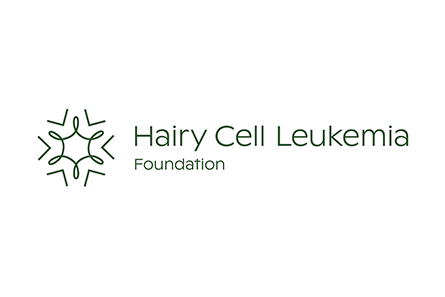
Hairy Cell Leukemia Foundation
Hairy cell leukemia is a chronic and rare form of adult leukemia. It is estimated that approximately 2% of adult patients with leukemia have this form of disease. While the cause of this malignancy is not known, the origin of the malignant cell is thought to develop from the memory B cell compartment. These malignant cells infiltrate the bone marrow, the spleen, and the liver from the time of diagnosis. While lymph nodes in the abdomen may be involved, lymph nodes are rarely enlarged on physical examination. Hairy cell leukemia is treatable, but not curable. While the cause is not known, the treatment is usually very effective in helping patients lead a normal life.
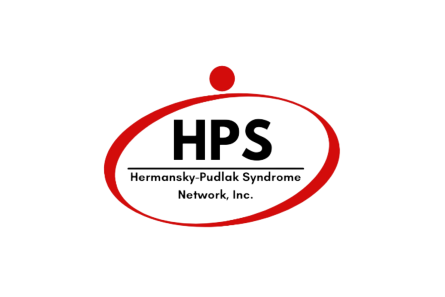
Hermansky-Pudlak Syndrome Network
Hermansky-Pudlak Syndrome (HPS) is a genetic metabolic disorder, characterized by albinism, visual impairment, and a platelet dysfunction that results in prolonged bleeding.

Heterotaxy Connection
Heterotaxy is a congenital condition that disrupts the normal left-right asymmetry of the body. This can result in any of the internal organs being misplaced, malformed, multiplied, or missing entirely. This disruption in asymmetry ensures that no two cases of heterotaxy are exactly alike. The cause of heterotaxy is not fully understood; some genetic links are being explored, but not all cases have been found to have a genetic cause, so research is still needed. Individuals with heterotaxy require lifelong multidisciplinary care and medical monitoring.
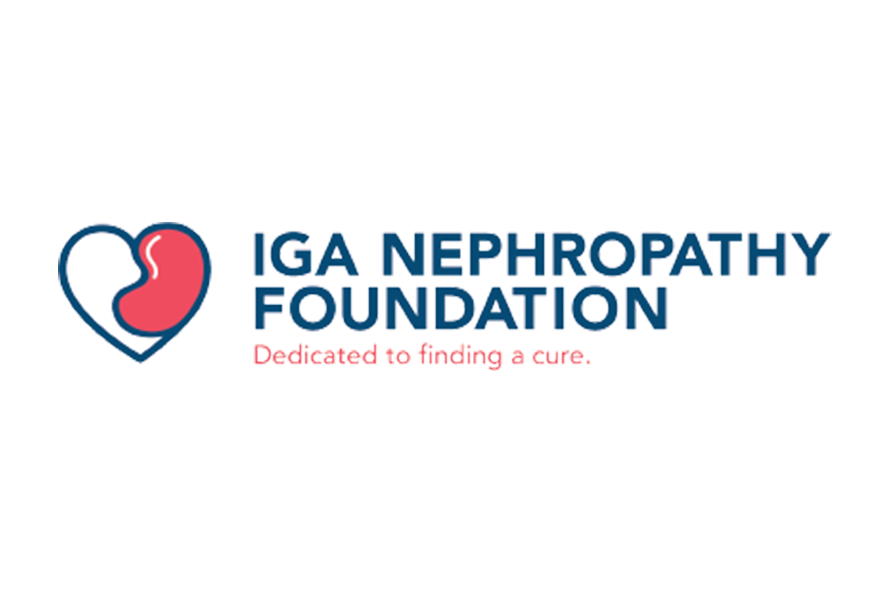
IGA Nephropathy Foundation
IgA nephropathy, also known as Berger's Disease, is an autoimmune disease that occurs when clumps of antibodies are deposited in the kidneys, causing inflammation and kidney damage. Clumps of immunoglobulin A (IgA) and other antibodies damage the glomeruli, tiny blood vessels in the kidneys that filter blood, causing the kidneys to leak blood and protein into the urine. The damage may also lead to the scarring of the nephrons, the filtering units where the glomeruli are located.
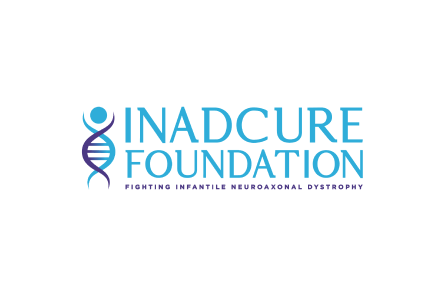
INADcure Foundation
INAD stands for Infantile Neuroaxonal Dystrophy, otherwise known as PLAN (phospholipase associated neurodegeneration). It affects the part of a nerve cell that carries messages from the brain to other parts of the body. INAD causes loss of vision, muscular control, and mental skills.
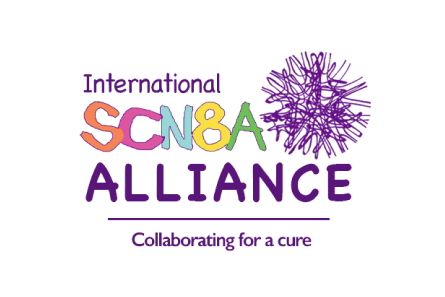
International SCN8A Alliance
An SCN8A mutation can lead to a range of issues relating to brain development and physical health with a wide array of impacts on the body’s systems and functions. Some with SCN8A experience no seizures, while others have treatment resistant epilepsy.
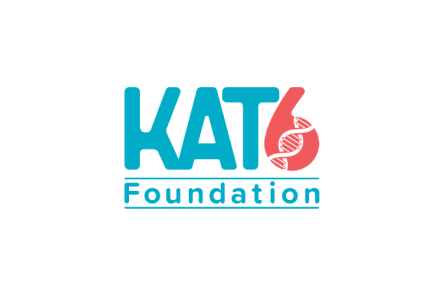
KAT6A Foundation
KAT6A syndrome, also known as Arboleda-Tham Syndrome (ARTHS), is a rare disorder resulting from a mutation in the KAT6A gene. KAT6B is a rare genetic syndrome resulting from a mutation in the KAT6B gene.
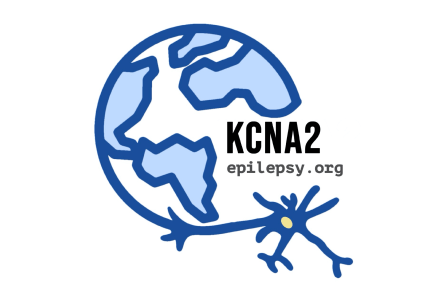
KCNA2 Epilepsy, Inc.
KCNA2 epileptic encephalopathy is a seizure disorder caused by a variation on the KCNA2 potassium channel. The variation in the KCNA2 gene causes the potassium channel to function improperly. Depending on the variation, the KCNA2 channel may be hyperexcitable (gain of function), electrically silenced (loss of function), or have a combination of both excitability (gain) and silence (loss) of function. All three types cause various types of seizures and other neurological challenges.
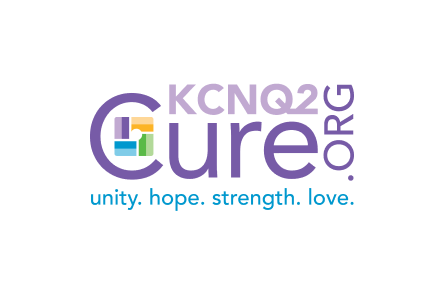
KCNQ2 Cure Alliance
Mutations in the KCNQ2 gene are responsible for a spectrum of neonatal-onset epilepsy syndromes, encompassing both severe early-onset epilepsies known as developmental and epileptic encephalopathies (DEEs), as well as milder forms referred to as self-limited (benign) neonatal epilepsies. The impact of these genetic variations can vary widely, leading to diverse symptoms and varying degrees of disorder severity based on the specific type of KCNQ2-related epilepsy an individual has.
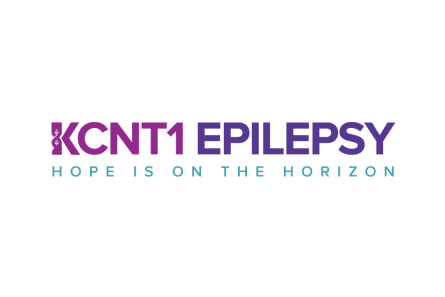
KCNT1 Epilepsy Foundation
KCNT1 is a channel that affects the flow of electricity in the brain and sometimes in the heart. This channel is found throughout the body, and mutations in KCNT1 result in increased electrical flow through the potassium channels. This primarily results in problems in electric electrical activity in the brain, which can cause seizures.
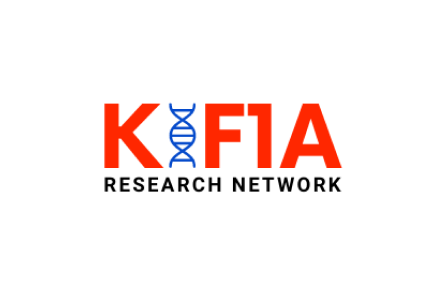
KIF1A.ORG, Inc.
KIF1A-Associated Neurological Disorder (KAND) is a severe and rare neurodegenerative disorder with a progressive course. KAND is caused by gain of function mutations in the KIF1A gene. The condition can affect both the brain and body, such as the eyes, muscles and nerves. There is a wide range of symptoms that appear at birth or in early childhood.

Lennox-Gastaut Syndrome (LGS) Foundation
Lennox-Gastaut Syndrome (LGS) is a severe epilepsy syndrome that develops in young children and often leads to lifelong disability. Most people with LGS have seizures that begin in the first three years of life and will have developmental delay within five years of seizure onset.

Li-Fraumeni Syndrome Association
Li-Fraumeni Syndrome (LFS) is an inherited predisposition to a wide range of certain cancers caused by pathogenic TP53 germline variants. Both children and adults are susceptible to developing multiple cancers, most notably soft-tissue and bone sarcomas, breast cancer, brain tumors, adrenocortical carcinoma and leukemia. Other cancers seen in LFS patients include gastrointestinal cancers and cancers of the lung, kidney, thyroid, skin, and prostate, among others.

Lil’ Brave One (Hrabriša)
Pediatric Neurotransmitter Disease is an umbrella term for genetic disorders that affect the synthesis, metabolism and catabolism of neurotransmitters in children. Inborn neurotransmitters related diseases belong to the rare metabolic, potentially treatable, genetic disorders, with clinical manifestation during childhood. The clinical phenotype is not characteristic but can mimic other neurological disorders.

Lymphangiomatosis & Gorham's Disease Alliance, Inc. (LGDA)
Complex Lymphatic Anomalies (CLAs) are a group of rare diseases that are characterized by abnormal growth of lymphatic vessels that may involve multiple organ systems, including lung, spleen, soft tissue and bones. CLAs include: Gorham Stout Disease (GSD), Generalized Lymphatic Anomaly (GLA), Kaposiform Lymphangiomatosis (KLA) and Central Conducting Lymphatic Anomaly (CCLA).

Melanin Children Matter
At Melanin Children Matter, we're dedicated to servicing children, healing families, and educating society while enhancing awareness surrounding childhood rare diseases and resources for autism.

Mila's Miracle Foundation
Our mission is to find and fund paths to a cure for devastating neurological conditions like Batten disease. We are focused on helping to grow the new field of individualized medicines which Mila’s story has opened up, and making it accessible to many more across all rare diseases. Our hope is that our work will give other children like Mila a second chance at life.
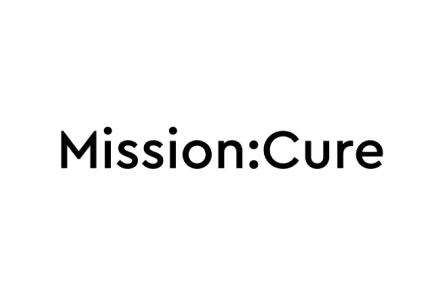
Mission: Cure
Chronic pancreatitis is the inflammation of the pancreas, the organ that produces digestive enzymes and insulin. The continued inflammation leads to permanent damage and scarring of the pancreas. This scarring causes digestive problems and eventually leads to diabetes. Chronic pancreatitis patients experience extreme abdominal pain and are at exceptionally high risk for pancreatic cancer.

Mito Action
Mitochondrial disease is an inherited chronic illness that can be present at birth or develop later in life. It causes debilitating physical, developmental, and cognitive disabilities with symptoms including poor growth; loss of muscle coordination; muscle weakness and pain; seizures; vision and/or hearing loss; gastrointestinal issues; learning disabilities; and organ failure. For many patients, mitochondrial disease is an inherited condition that runs in families. An uncertain percentage of patients acquire symptoms due to other factors, including mitochondrial toxins. It is estimated that 1 in 4,000 people has Mito. It’s progressive and there is no cure.

NEC Society
Necrotizing enterocolitis (NEC) is an intestinal disease that primarily affects premature and medically fragile infants. NEC causes an inflammatory process that can lead to intestinal tissue damage.

NKH Crusaders
NKH, AKA glycine encephalopathy (GCE), is a rare, devastating, and incurable disease; with a very wide spectrum of severity. Most babies born with this disorder die shortly after birth. Before death, they go through a period of lethargy, weak crying, muscle weakness, and seizures. Many babies that are born with this disease die within the first 3 months of life. Those who do make it past infancy will live with various lifelong issues. There are several forms of NKH.
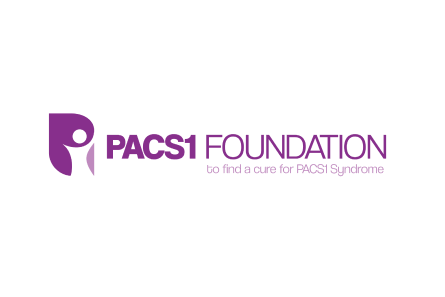
PACS1 Syndrome Research Foundation
PACS1 Syndrome (also known as Schuurs-Hoeijmakers Syndrome) is a rare neuro-genetic disorder caused by a mutation of the PACS1 gene. All children with PACS1 Syndrome have the same exact change in the PACS1 gene making it a unique and more easily curable disease. People with PACS1 Syndrome have intellectual disabilities, global developmental delays, epilepsy, autism, and significant language impairments.
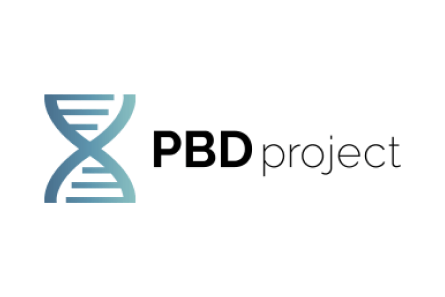
PBD Project
Peroxisomes are cell organelles necessary for cell funtion and brain development. A dysfunction in peroxisomes might result in sensorineural hearing loss, pigmentary retinal degeneration, multiple organ dysfunction, and psychomotor impairment. Peroxisome biogenesis disorders Zellweger Spectrum (PBD-ZSD) are rare, complex, autosomal disorders affecting the function and formation of peroxisomes.
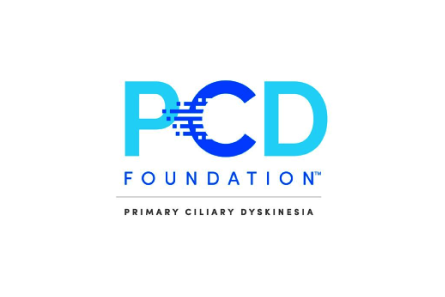
PCD Foundation
Primary ciliary dyskinesia (PCD) is an umbrella term for inherited disorders of the cilia that line the upper and lower respiratory tract including nasal passages, sinuses and lung, and eustachian tubes of the ear, the reproductive organs, and the ventricles of the brain. Ciliary dysfunction prevents the clearance of mucous from the lungs, paranasal sinuses and middle ears. People with PCD may have persistent or recurrent respiratory infections, such as bronchitis and/or pneumonias. Over time, chronic infection results in permanent damage to these areas and, in the case of the lungs, possible respiratory failure. Adults with PCD experience infertility (most males) or sub-fertility (some females). Chronic sinus and ear disease, including hearing loss, are common in PCD.
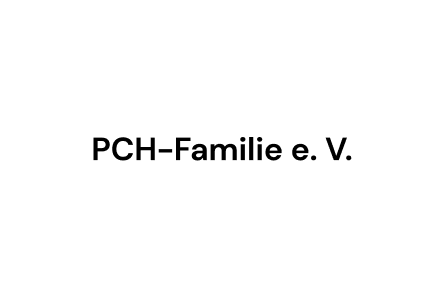
PCH-Familie e. V.
Pontocerebellar hypoplasias (PCH) are a group of rare heterogeneous conditions. At least six types of PCH have been described and a few rare variants are now being identified. The disease is characterized by prenatal development of an abnormally small cerebellum and brain stem, which is usually associated with profound intellectual disability and delayed or absent psychomotor milestones.

PFIC Network, Inc.
Progressive Familial Intrahepatic Cholestasis (PFIC) is a general term that represents a group of rare genetic (inherited) disorders that cause increasingly severe liver disease and can lead to cirrhosis and end-stage liver disease. There are over six different types of PFIC. While the different types of PFIC have overlapping symptoms, each one is unique and can differ in disease presentation and prognosis. Often the hallmark feature of this disorder is severe and debilitating pruritus (itching). The disease typically presents in infancy or early childhood.
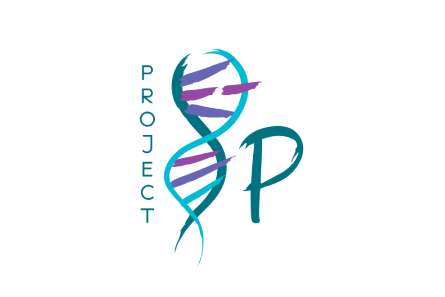
Project 8p
Chromosome 8p disorders are rare genetic conditions with approximately 350 patients around the world and counting. The majority of affected individuals have developmental delays including disordered acquisition of cognitive and social competence and delays in reaching developmental milestones.

PSC Partners Seeking a Cure
Primary Sclerosing Cholangitis (PSC) is a rare liver disease that damages the bile ducts inside and outside the liver. With PSC, bile ducts become inflamed, and the inflammation leads to scarring and narrowing of the affected ducts. Eventually, blockages may occur. As the scarring blocks more and more ducts, bile becomes trapped in the liver. This damages the liver and can result in fibrosis and cirrhosis of the liver and liver failure. Patients may eventually require a liver transplant.
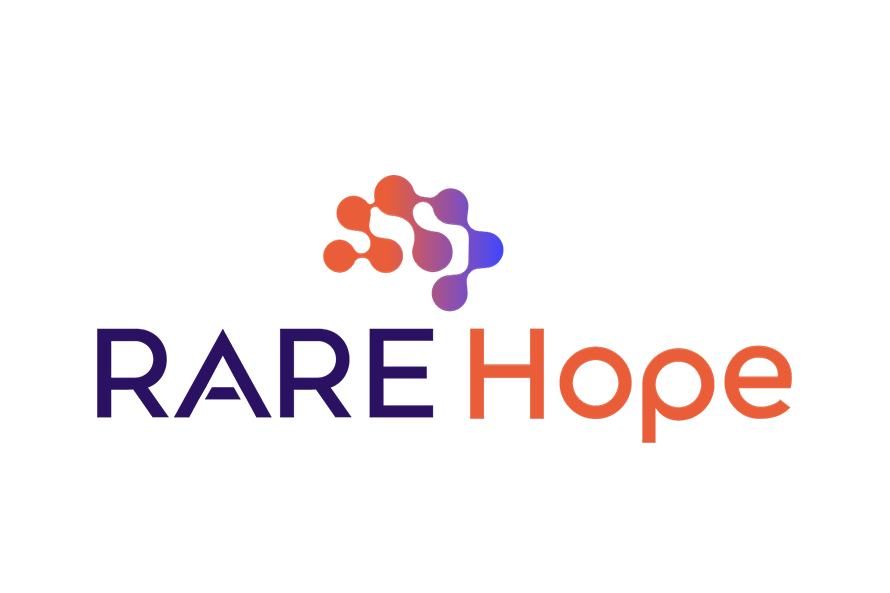
RARE Hope (formerly Hope for Annabel)
Alternating Hemiplegia of Childhood (AHC) is a neurological disorder caused by an ion imbalance in the brain that prevents the correct functioning of neurons.

Raymond A. Wood Foundation
Childhood hypothalamic-pituitary brain tumors can affect the function of the pituitary gland and other nearby structures in the brain. Symptoms include gradual changes in vision, fatigue, excessive urination and headaches. Children with these tumors may grow slowly and may be smaller than expected.

Recurrent Respiratory Papillomatosis Foundation
Recurrent Respiratory Papillomatosis (RRP) is a rare disease that is characterized by the growth of tumors in the respiratory tract caused by the human papilloma virus (HPV). Although the tumors primarily occur in the larynx on and around the vocal cords, these growths may spread downward and affect the trachea, bronchi, and occasionally the lungs. The most common symptom of RRP is a voice that is persistently hoarse, weak, low in pitch, breathy, or strained, as well as a chronic cough.

RUNX1 Research Program
RUNX1-FPD (also known as RUNX1-FPDMM or FPD-AML) is a rare inherited disease caused by a mutation in the RUNX1 gene, resulting in lower blood platelet counts, platelet dysfunction, and an increased risk of early-onset blood cancers. Individuals with this disease primarily develop acute myeloid leukemia (AML), the second deadliest blood cancer. RUNX1-FPD patients often face a range of health issues including asthma, allergies, autoimmune disorders and gastrointestinal problems.

SCN2A Germany e.V.
SCN2A is the name of a gene which can cause a rare brain disease through mutations (e.g. replacement of DNA building blocks). The disease can occur at different times (before or after birth or later in childhood) and have a wide variety of manifestations.

SCN2A ITALIA Famiglie in Rete APS
SCN2A is the name of a gene which can cause a rare brain disease through mutations (e.g. replacement of DNA building blocks). The disease can occur at different times (before or after birth or later in childhood) and have a wide variety of manifestations.

Shwachman-Diamond Syndrome Alliance
Shwachman-Diamond Syndrome (SDS) is an inherited rare disease that affects many parts of the body, particularly the bone marrow, pancreas, and skeletal system. As a bone marrow failure disorder, it puts patients at high risk of life-threatening complications such as serious infections (sepsis), aplastic anemia, myelodysplastic syndrome (MDS), and acute myeloid leukemia (AML).
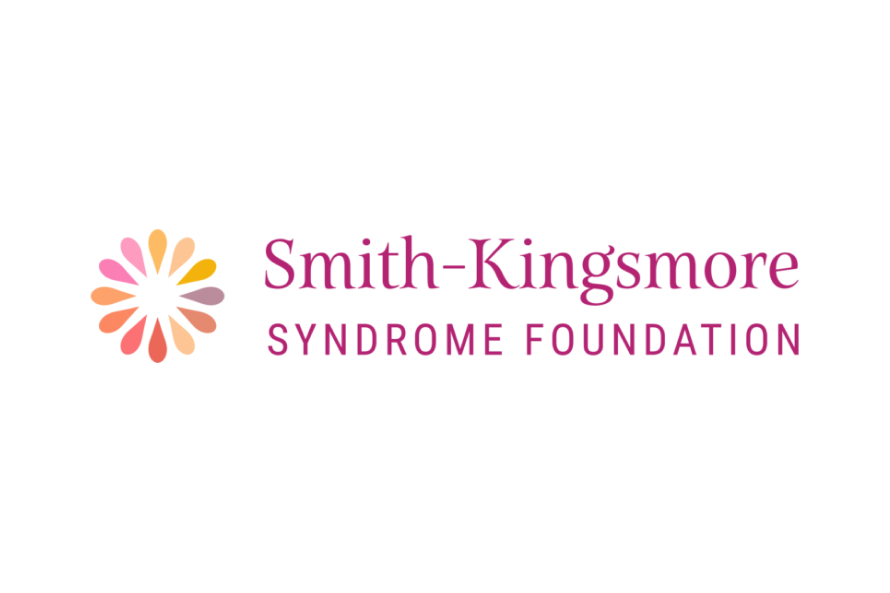
Smith-Kingsmore Syndrome Foundation
Smith-Kingsmore Syndrome (SKS) is a rare, neurodevelopmental genetic disorder caused by changes (disease-causing variants) in the MTOR gene. SKS impacts the digestive, endocrine, metabolic and nervous systems. The most common symptoms in people with SKS are intellectual disability, developmental delay, large brain size (megalencephaly) and seizures.
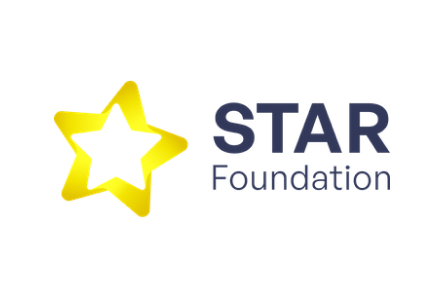
STAR Foundation (formerly A STAR for Ben Foundation)
Salla disease, intermediate severe Salla disease, and infantile free sialic acid storage disease (ISSD) are neurodegenerative disorders resulting from increased lysosomal storage of free sialic acid. The mildest phenotype is Salla disease, which is characterized by normal appearance and neurologic findings at birth followed by slowly progressive neurologic deterioration resulting in mild to moderate psychomotor retardation, spasticity, athetosis, and epileptic seizures.
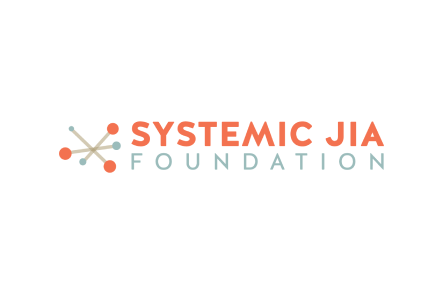
Systemic JIA Foundation
Systemic juvenile idiopathic arthritis (JIA) is a are pediatric rheumatological disease characterized by the variable occurrence of chronic arthritis, intermittently high spiking fever, maculopapular rash during fever episodes, hepatomegaly and/or splenomegaly, lymphadenopathy, and serositis.
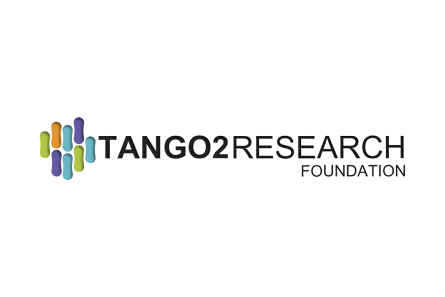
TANGO2 Research Foundation
TANGO2 deficiency disorder is a rare genetic disorder caused by variants in the TANGO2 gene. TANGO2 deficiency is characterized by developmental delay, intellectual disability, gait incoordination, speech difficulties, seizures, and hypothyroidism. Most individuals have TANGO2 spells, non-life-threatening paroxysmal worsening of baseline symptoms, including sudden onset of hypotonia, ataxia with loss of balance, head and body tilt, increased dysarthria, drooling, lethargy, and disorientation. In addition, life-threatening acute metabolic crises can occur, including rhabdomyolysis with elevated creatine phosphokinase and liver transaminases, hypoglycemia, prolonged QTc on EKG, ventricular arrhythmias, and/or cardiomyopathy.

Tatton Brown Rahman Syndrome Community
Tatton Brown Rahman Syndrome (TBRS) is a rare genetic disease caused by pathogenic variants in the DNMT3A gene (also called DNMT3A Overgrowth Syndrome). Individuals with TBRS have overgrowth—typically, tall stature, increased weight, and large head circumference (also known as macrocephaly)—mild to severe intellectual disability, and subtle but distinctive facial characteristics. The syndrome varies considerably in its severity.

Team Telomere, Inc
Telomere biology disorders are a complex set of illnesses, including dyskeratosis congenita, defined by the presence of very short telomeres (the regions at the end of chromosomes). Telomere biology disorders are associated with a higher risk of cancers, including leukemia and head/neck cancer.
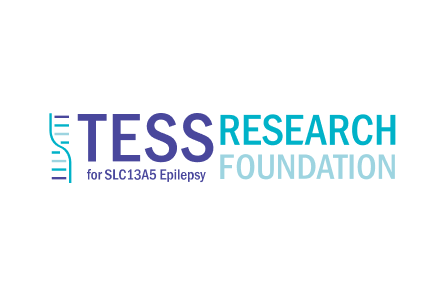
TESS Research Foundation
SLC13A5 Epilepsy, also known as SLC13A5 Deficiency or Citrate Transporter Disorder, is a newly discovered genetic cause of epilepsy. Most people with SLC13A5 epilepsy experience seizures, movement disorders, and developmental delay.
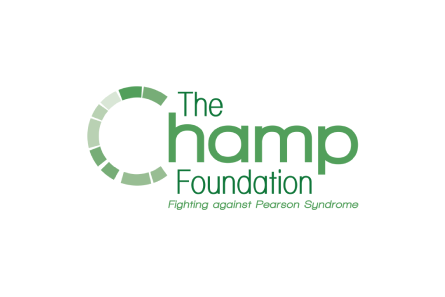
The Champ Foundation
Pearson Syndrome (PS) is a multi-system disease caused by a deletion in mitochondrial DNA. The hallmark features are sideroblastic anemia and pancreatic insufficiency. PS is often fatal in infancy. In addition to the hematological and pancreatic symptoms, PS can impair the heart, kidneys, eyes, ears and brain. Survivors develop Kearns-Sayre Syndrome.
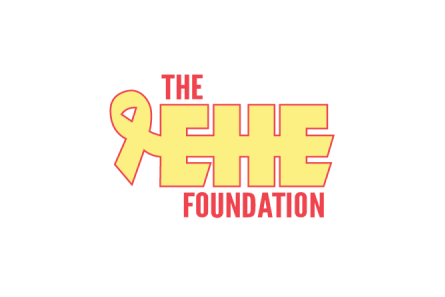
The EHE Foundation
Epithelioid Hemangioendothelioma (EHE) is a rare cancer that belongs to the group of cancers called sarcomas. EHE is a vascular sarcoma. This cancer can occur anywhere in the body with the most common sites being the liver, lungs, and bone. Symptoms depend on where the cancer develops in the body.
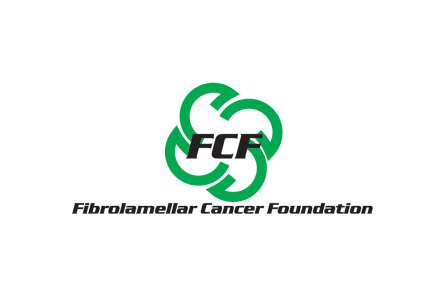
The Fibrolamellar Cancer Foundation
Fibrolamellar carcinoma (FLC), also known as fibrolamellar hepatocellular carcinoma, is a rare liver cancer that primarily occurs in adolescents and young adults who have no history of liver disease. In the early stages of the disease, affected patients often have no symptoms, so by the time the cancer is found, it may have already spread beyond the liver. When symptoms develop, they may include abdominal pain, weight loss, and malaise.

The Rory Belle Foundation
The NARS1 gene is responsible for creating proteins that help cells grow and develop throughout your body. A mutation or mutations on this gene leave those impacted with cognitive, physical, and neurological issues. It can cause speech delays, abnormal brain MRI's, difficulty balancing and walking, seizures, feeding issues, and many other symptoms.

The Snyder-Robinson Foundation
Snyder-Robinson Syndrome (SRS) is an ultra-rare genetic disorder that affects males. SRS is characterized by intellectual disability, muscle and bone abnormalities, developmental delays, and sometimes other medical problems.
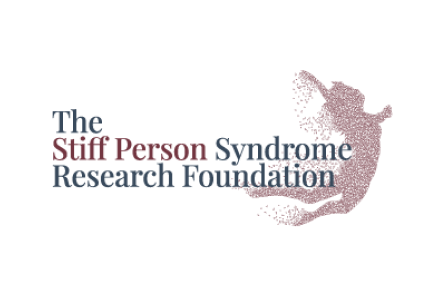
The Stiff Person Syndrome Research Foundation
Stiff Person Syndrome (SPS) is a neurological disease with autoimmune features. Symptoms include muscle spasms, hyper-rigidity, debilitating pain, and chronic anxiety. Muscle spasms can be so violent they can dislocate joints and even break bones.
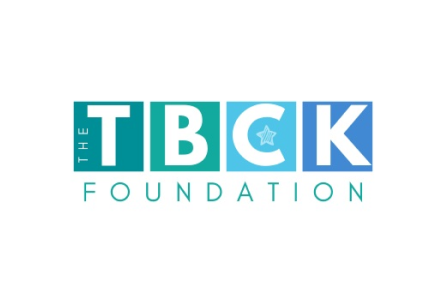
The TBCK Foundation
Named after a gene, TBCK or TBCK-ID Syndrome is an autosomal recessive neurological disease. There is a range and spectrum of the conditions and severity of impact of TBCK. In general, the major conditions are related to hypotonia (low muscle tone), epilepsy, and intellectual disability.

The Yaya Foundation for 4H Leukodystrophy
4H Leukodystrophy is a rare disease of the central nervous system. The name 4H stands for Hypomyelination, Hypogonadotropic Hypogonadism and Hypodontia. The disease is also known as POLR3-Related Leukodystrophy or 4H Syndrome. Leukodystrophy disease affects the white matter of the brain and damages the myelin sheath, which surrounds and protects the nerve cells in the brain and spinal cord and assists with transmission of messages between cells. Hypomyelination, hypodontia, and hypogonadotropic hypogonadism are common signs of leukodystrophy disease.
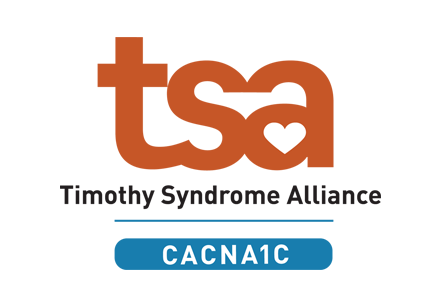
Timothy Syndrome Alliance (TSA)
Timothy Syndrome (TS) is a rare, genetic condition caused by specific changes to a gene called CACNA1C.

United Porphyrias Association
The porphyrias are a group of rare, genetic disorders. ach type of porphyria is caused by a defect in a specific enzyme in the heme biosynthetic pathway. Without these enzymes working properly, the body is not able to finish making heme and it causes a buildup of other compounds, called porphyrins. Types of porphyrias include acute hepatic porphyrias and cutaneous porphyrias.
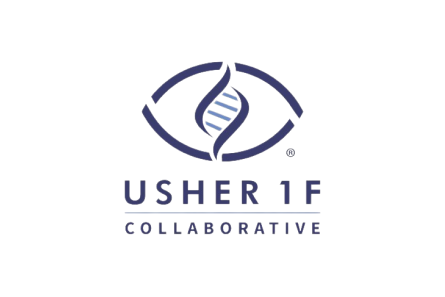
Usher 1F Collaborative
Usher Syndrome is the leading cause of inherited deaf-blindness, and type 1 is the most severe. Children with Usher 1 are born profoundly deaf with poor balance and progressively lose their sight.
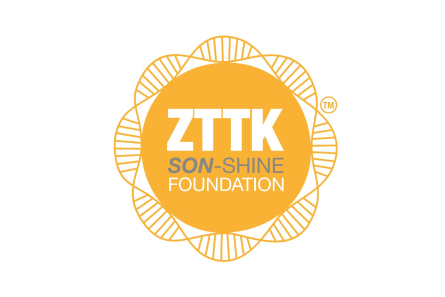
ZTTK SON-Shine Foundation
ZTTK is an ultrarare, monogenic, neurodevelopmental disease. The most common symptoms of ZTTK are intellectual disabiilty, speech delay, motor delay, facial morphology, hypotonia, feeding difficulties, and epilepsy.